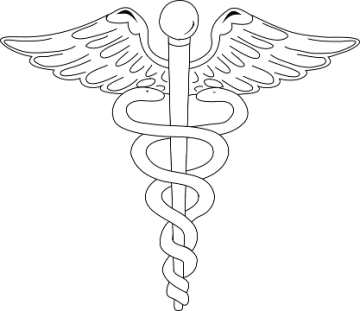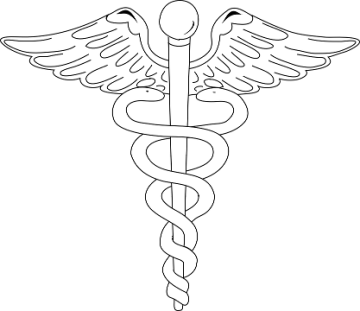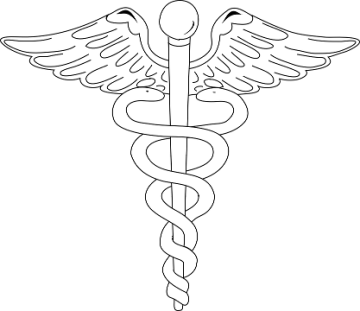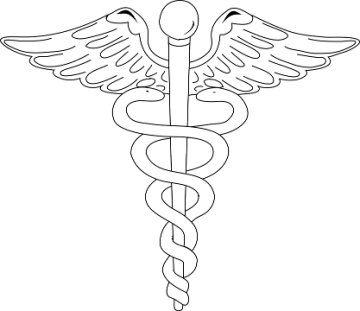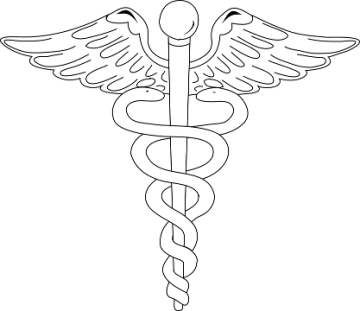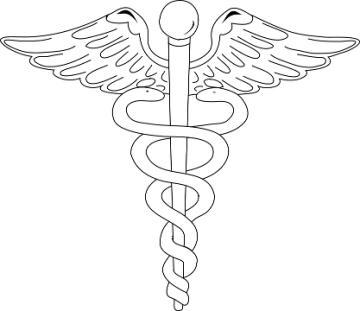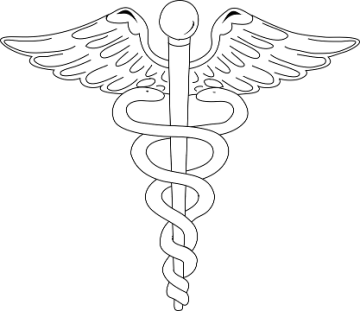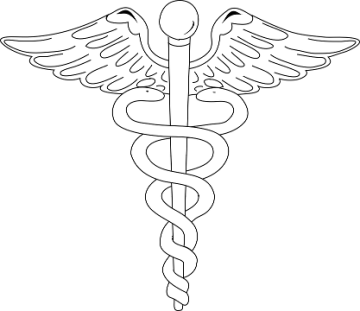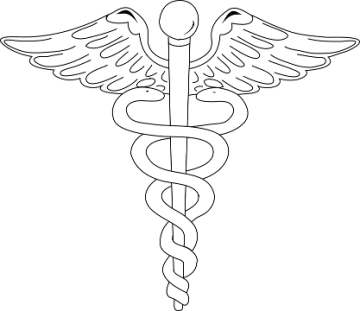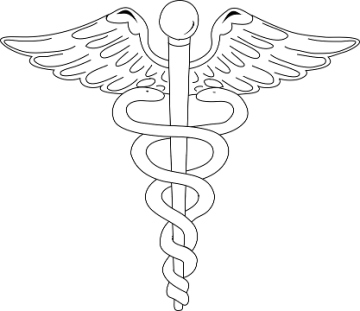Shoulder Pain
The shoulder is the third most commonly treated part of the body for chiropractors (after the lower back and the neck). As with any part of the body, the shoulder can become painful as a result of wear and tear over time, or as the result of a trauma, like a car accident or a fall. Shoulder pain often begins in the cervical spine, the upper portion of the spine. The nerves that control the hands, arms and shoulders pass through that section of the spine.
- Read more about Shoulder Pain
- Log in to post comments
